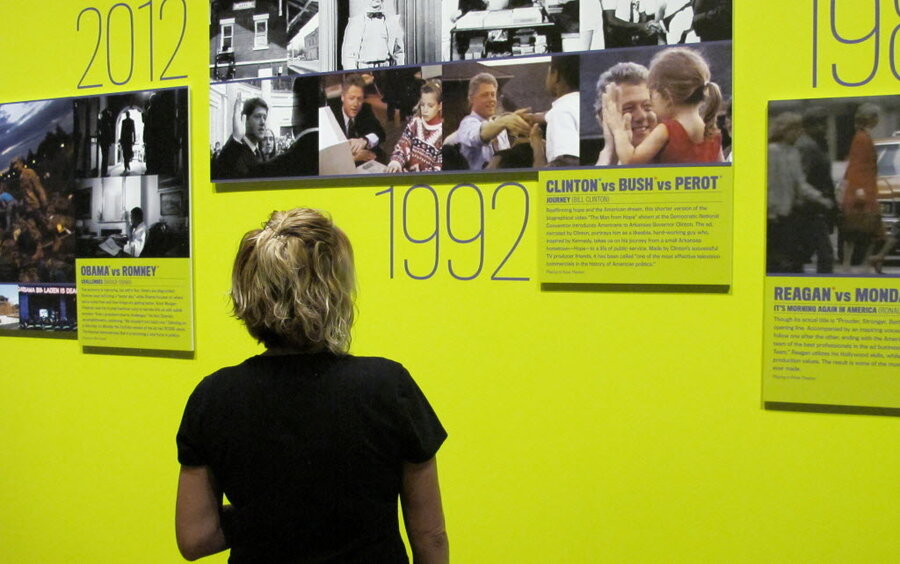Who says voters are ‘polarized’?
Loading...
Before the close election for president in 2000, the American news media mostly used “polarization” to refer to sunglasses or camera lenses. Not anymore. Journalists have increasingly used the word to describe the state of partisan politics – with few people challenging this perception.
Now, however, the intense media focus on what divides Americans – rather than what unites them – has itself come under scrutiny.
A new study of American voters by Matthew Levendusky of the University of Pennsylvania and Neil Malhotra of Stanford University finds that media depiction of a divided political scene can have two effects. One, it increases a belief that the electorate is polarized, perhaps beyond the reality in Washington or other levels of government. And two, in a hopeful twist, this belief also helps drive voters to moderate their views away from the extremes within both political parties.
This is a welcome corrective to media overuse of “political polarization.” Rather than accept polarization as a stonecold fact, voters are falling back on the norms of independent thinking and moderation to understand opposing views.
As the two academics put it: “How journalists cover polarization shapes how citizens respond to it.”
In particular, they found that more than two-thirds of articles about polarization between 2000 and 2012 went beyond general description. The articles contained examples of uncivil or disparaging remarks about the opposition, thus helping drive polarization. The media amplified what it decried.
The researchers claim they are the first to document the consequences of media coverage of polarization. If so, their timing is impeccable. The 2016 presidential race needs a moment of self-reflection about the effect of media choices, in both topics and words.
Voters have learned to soften their positions amid the rising noise about how divided they are. They seek consensus and compromise when confronted with descriptions of Americans as fearful of each other’s politics. Democracy may rely on lively debate and an adversarial process. But its underlying principle is a respect and regard for one’s fellow citizens.







